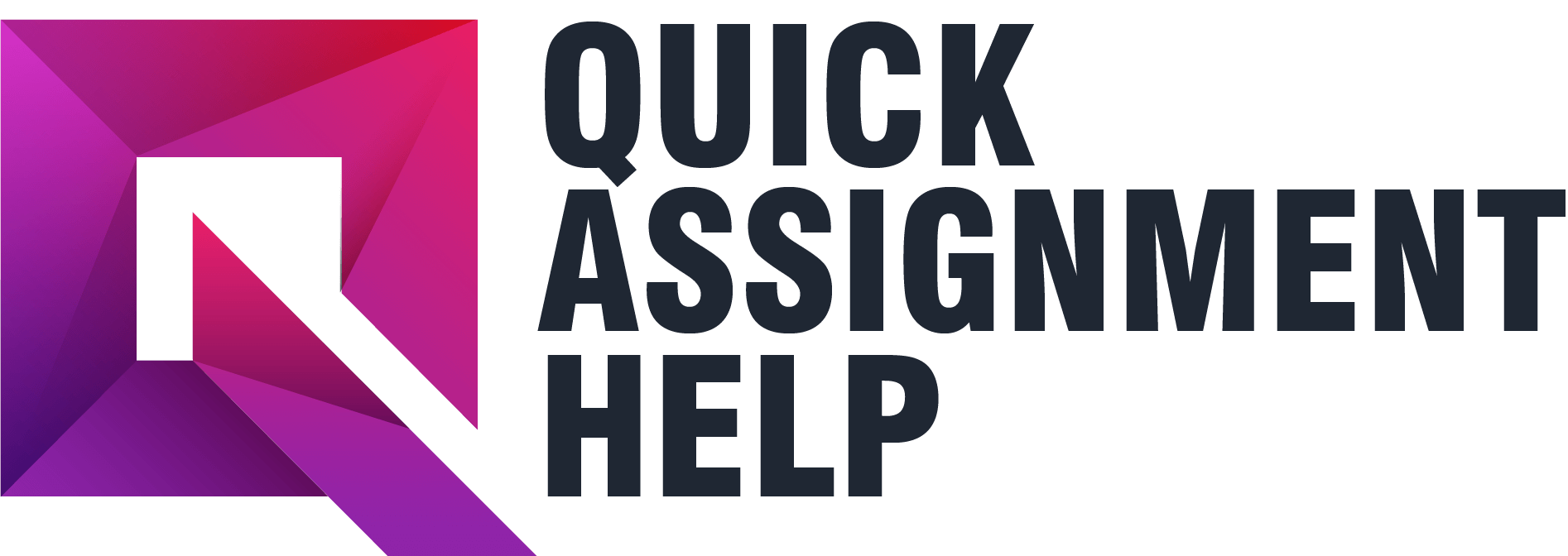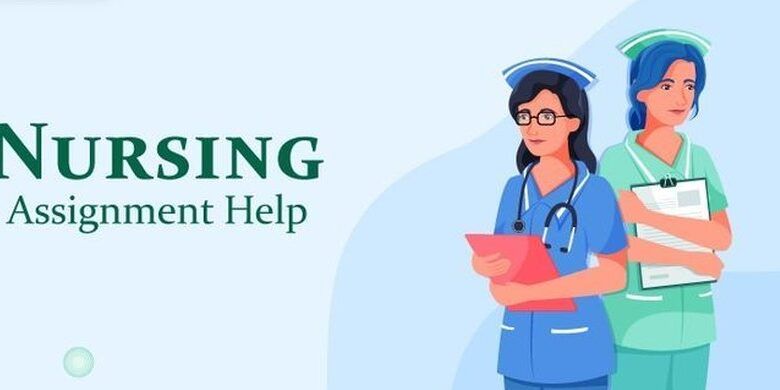Url link: https://assignmenthelpbureau.com/a-58-year-old-obese-white-male-presents/
Scenario 3: A 58-year-old obese white male presents to ED with chief complaint of fever chills pain and swelling in the right great toe

To prepare:
Scenario 3: A 58-year-old obese white male presents to ED with chief complaint of fever chills pain and swelling in the right great toe. He states the symptoms came on very suddenly and he cannot put any weight on his foot. Physical exam reveals exquisite pain on any attempt to assess the right first metatarsophalangeal (MTP) joint. Past medical history positive for hypertension and Type II diabetes mellitus. Current medications include hydrochlorothiazide 50 mg po q am, and metformin 500 mg po bid. CBC normal except for elevated sedimentation rate (ESR) of 33 mm/hr and C-reactive protein (CRP) 24 mg/L. Metabolic panel normal. Uric acid level 6.7 mg/dl.
Assignment (1- to 2-page case study analysis)
In your Case Study Analysis related to the scenario provided, explain the following:
- Both the neurological and musculoskeletal pathophysiologic processes that would account for the patient presenting these symptoms.
- Any racial/ethnic variables that may impact physiological functioning.
- How these processes interact to affect the patient.
Grading Rubric:
Develop a 1- to 2-page case study analysis, examining the patient symptoms presented in the case study. Be sure to address the following:Explain both the neurological and musculoskeletal pathophysiologic processes of why the patient presents these symptoms.--
Excellent28 (28%) - 30 (30%)
Good25 (25%) - 27 (27%)
Fair23 (23%) - 24 (24%)
Poor0 (0%) - 22 (22%)
Explain how the highlighted processes interact to affect the patient.--
Excellent28 (28%) - 30 (30%)
Good25 (25%) - 27 (27%)
Fair23 (23%) - 24 (24%)
Poor0 (0%) - 22 (22%)
Explain any racial/ethnic variables that may impact physiological functioning.--
Excellent23 (23%) - 25 (25%)
Good20 (20%) - 22 (22%)
Fair18 (18%) - 19 (19%)
Poor0 (0%) - 17 (17%)
Written Expression and Formatting - Paragraph Development and Organization: Paragraphs make clear points that support well-developed ideas, flow logically, and demonstrate continuity of ideas. Sentences are carefully focused—neither long and rambling nor short and lacking substance. A clear and comprehensive purpose statement and introduction are provided that delineate all required criteria.--
Excellent5 (5%) - 5 (5%)
Good4 (4%) - 4 (4%)
Fair3.5 (3.5%) - 3.5 (3.5%)
Poor0 (0%) - 3 (3%)
Written Expression and Formatting - English Writing Standards: Correct grammar, mechanics, and proper punctuation--
Excellent5 (5%) - 5 (5%)
Good4 (4%) - 4 (4%)
Fair3.5 (3.5%) - 3.5 (3.5%)
Poor0 (0%) - 3 (3%)
Written Expression and Formatting - The paper follows correct APA format for title page, headings, font, spacing, margins, indentations, page numbers, parenthetical/in-text citations, and reference list.--
Excellent5 (5%) - 5 (5%)
Good4 (4%) - 4 (4%)
Fair3 (3%) - 3 (3%)
Poor0 (0%) - 3 (3%)
Total Points: 100

EXPERT ANSWER AND EXPLANATION
Case Study Analysis
Analysis of Processes Related to Musculoskeletal and Neurological Disorders
A 58-year-old overweight man presents to the ER with symptoms of musculoskeletal degradation. Besides the fever and chills, he has a painful swelling on the right toe which is confirmed after assessment. Musculoskeletal and neurological disorders result when the nerves, ligaments, discs, blood vessels, and tendons become impaired (Rueangsirarak et al., 2018).
The fact that the patient has a history of hypertension and diabetes could also be reason for the occurrence of this degradation of the musculoskeletal system. Breakage of MTD as a result of the deficiency of the necessary nourishment could also play a larger role in the pain, and the associated fatigue brought the musculoskeletal disorder.
Racial and Ethnic Variables that may Impact Physiological Functioning
While people of any race can get musculoskeletal and neurologic disorders, blacks are more susceptible because of their different environmental factors. One of these factors is the absence of active physical activity compared to Hispanics and whites (Stryjecki, Alyass, & Meyre, 2018). Also, blacks are more susceptible to junk diets compared to other races. This lifestyle difference between the races is what increases the presence of more cases of being overweight among blacks.
Impact of Patient Characteristics on Altered Physiology and Disorders
The fact that the patient is obese means that he may not be well positioned to recover from the condition. (Nuckolls et al., 2020). Patients with Musculoskeletal disorders have problems carrying their own weight, and hence being obese makes the situation worse. The therapists of the patient may have to engage them in weight management procedures that would allow them to control the condition with much ease.
References
Nuckolls, G. H., Kinnett, K., Dayanidhi, S., Domenighetti, A. A., Duong, T., Hathout, Y., & McNally, E. M. (2020). Conference Report On Contractures In Musculoskeletal And Neurological Conditions. Muscle & Nerve, 61(6), 740-744. https://doi.org/10.1002/mus.26845
Stryjecki, C., Alyass, A., & Meyre, D. (2018). Ethnic and Population Differences in the Genetic Predisposition to Human Obesity. Obesity Reviews, 19(1), 62-80. Doi: 10.1111/obr.12604. Epub 2017 Oct 10.
Rueangsirarak, W., Zhang, J., Aslam, N., Ho, E. S., & Shum, H. P. (2018). Automatic Musculoskeletal and Neurological Disorder Diagnosis with Relative Joint Displacement from Human Gait. IEEE Transactions on Neural Systems and Rehabilitation Engineering, 26(12), 2387-2396. Doi: 10.1109/TNSRE.2018.2880871.
Other Solved Questions
ANSWERED! 67-year-old female presents with chief complaint of shortness of breath fatigue weakness unintentional weight loss and mild numbness in her feet
SOLVED! Healthcare continues to be a lucrative target for
SOLVED! Post a brief explanation of the differences between
SOLVED!! Explain how interprofessional collaboration will
SOLVED! Mr. EBR is a 74-year-old retired Hispanic gentleman
FAQs
Gout
Gout is a type of arthritis that causes sudden, severe attacks of pain, swelling, redness and warmth in joints, especially in the big toe. It occurs when there is a build-up of uric acid crystals in the joint, which triggers an inflammatory response from the immune system. This can result in intense pain, tenderness, and stiffness in the affected joint.
Gout is often accompanied by other symptoms such as fever, fatigue, and a general feeling of malaise. It is most commonly diagnosed in men over the age of 40, but it can affect women and people of all ages. Risk factors for gout include high alcohol consumption, high blood pressure, obesity, and a diet high in purines (substances found in certain foods).
What is the main cause of gout
The main cause of gout is elevated levels of uric acid in the blood, also known as hyperuricemia. Uric acid is a waste product that is produced when the body breaks down purines, which are substances found in certain foods such as red meat, seafood, and some types of alcohol. When there is too much uric acid in the blood, it can form into needle-like crystals that deposit in the joints, causing inflammation and pain.
There are several factors that can contribute to elevated levels of uric acid in the blood and the development of gout, including:
Diet:
Consuming large amounts of purine-rich foods and alcohol can increase the levels of uric acid in the blood and increase the risk of gout.
Genetics:
Some people are more predisposed to elevated levels of uric acid due to genetic factors.
Medical conditions:
Certain medical conditions such as high blood pressure, kidney disease, and metabolic disorders can also increase the risk of gout.
Medications:
Certain medications such as diuretics, low-dose aspirin, and some cancer treatments can also raise uric acid levels and increase the risk of gout.
It's important to note that not all people with elevated levels of uric acid will develop gout, and that other factors such as obesity and stress can also contribute to the development of gout.
Foods that cause gout
There are certain foods that can increase the risk of gout by elevating the levels of uric acid in the blood. These include:
Red meat:
Beef, pork, and lamb contain high levels of purines, which can increase uric acid levels in the blood.
Seafood:
Shellfish, anchovies, sardines, and other types of seafood contain high levels of purines and can increase the risk of gout.
Alcohol:
Drinking large amounts of alcohol, especially beer, can increase uric acid levels in the blood and increase the risk of gout.
Sweetened drinks:
Sugary drinks such as soda and fruit juices can also increase the risk of gout by increasing insulin resistance and promoting the formation of uric acid crystals.
Processed foods:
Processed foods that contain high fructose corn syrup, such as candy, cakes, and sweetened drinks, can also increase the risk of gout.
It's important to note that these foods can trigger gout attacks in some individuals, but not necessarily in others. A diet that is low in purines and high in whole foods, such as fruits, vegetables, and whole grains, may help reduce the risk of gout. Additionally, maintaining a healthy weight, staying physically active, and avoiding excessive alcohol consumption can also help reduce the risk of gout.
Types of gout
There are several types of gout, including:
Acute gout:
This is a sudden and intense attack of gout that can cause severe pain, redness, and swelling in a joint, often the big toe.
Intercritical gout:
This refers to the periods between gout attacks, when a person does not have any symptoms.
Chronic gout:
This occurs when gout attacks happen frequently and cause long-term damage to the joints, bones, and surrounding tissues.
Asymptomatic hyperuricemia:
This is when a person has high levels of uric acid in their blood but does not have any symptoms of gout. This can eventually lead to gout if left untreated.
Tophaceous gout:
This is a severe form of gout that occurs when uric acid crystals accumulate in the joints, tendons, and surrounding tissues, causing lumps (tophi) to form.
Recurrent gout:
This occurs when a person has multiple gout attacks over a period of time.
It's important to consult a doctor if you suspect you have gout, so that an accurate diagnosis can be made and the appropriate treatment can be prescribed. Early diagnosis and treatment can help prevent long-term complications and reduce the risk of joint damage.
Is gout curable
Gout is not a curable condition, but it can be effectively managed with proper treatment. The goal of treatment is to reduce the frequency and severity of gout attacks, prevent joint damage, and manage pain and other symptoms.
Treatment for gout typically involves medication to reduce pain and inflammation, as well as changes to your diet and lifestyle to help lower uric acid levels. In some cases, gout can be effectively managed with over-the-counter pain relievers and anti-inflammatory drugs, while other cases may require prescription medications.
In addition to medication, your doctor may recommend lifestyle changes, such as losing weight if you are overweight, limiting your intake of alcohol and foods high in purines, and engaging in regular physical activity.
It's important to work with your doctor to develop a treatment plan that is right for you, and to stick to that plan to help manage your gout and prevent future flare-ups. With the right combination of medication, lifestyle changes, and ongoing medical care, many people with gout are able to live full and active lives, despite the condition.
How to treat gout on foot
Treating gout in the foot typically involves the following steps:
Reduce pain and swelling:
Over-the-counter pain relievers, such as ibuprofen or naproxen, can help reduce pain and swelling. In severe cases, your doctor may prescribe stronger pain medication or a corticosteroid medication to reduce inflammation.
Apply ice:
Placing a cold pack or ice on the affected joint for 20 to 30 minutes at a time can help reduce pain and swelling.
Elevate the foot:
Keeping the affected foot elevated above the level of your heart can help reduce swelling and improve blood flow to the area.
Avoid activities that put stress on the affected joint:
Until the pain and swelling have subsided, avoid activities that put pressure on the affected foot, such as standing for long periods of time or walking.
Take prescription medications:
If your doctor has prescribed medication for gout, be sure to take it as directed. This may include medications to lower uric acid levels, such as allopurinol or febuxostat, or medications to reduce pain and inflammation, such as colchicine.
Make lifestyle changes:
In addition to medication, your doctor may recommend lifestyle changes to help manage your gout, such as losing weight if you are overweight, limiting your intake of alcohol and foods high in purines, and engaging in regular physical activity.
It's important to see a doctor if you are experiencing gout pain in your foot, as prompt and effective treatment can help reduce the risk of joint damage and improve your overall quality of life. Your doctor can help you develop a treatment plan that is right for you, and can monitor your condition to ensure that it is well-controlled.








